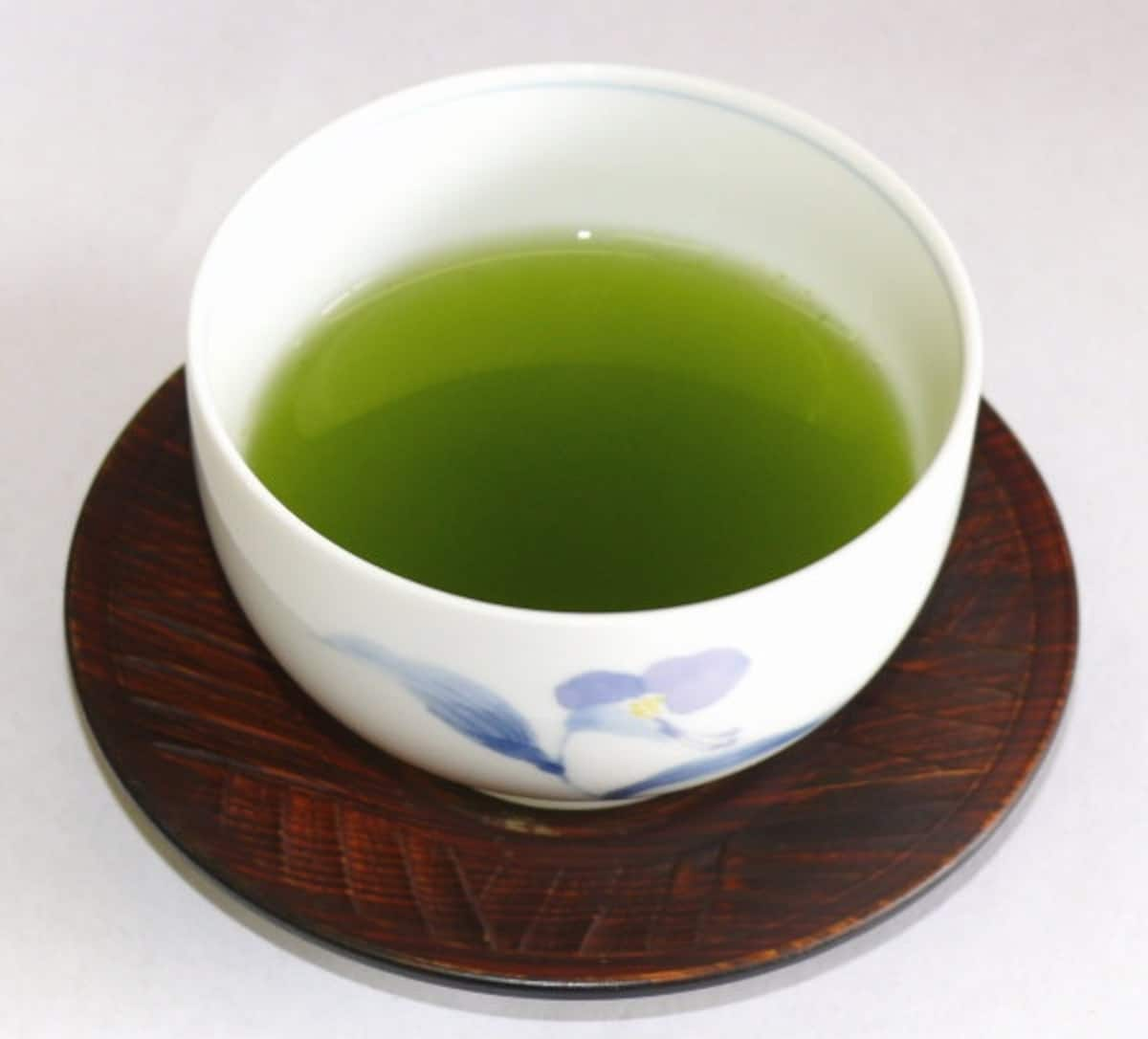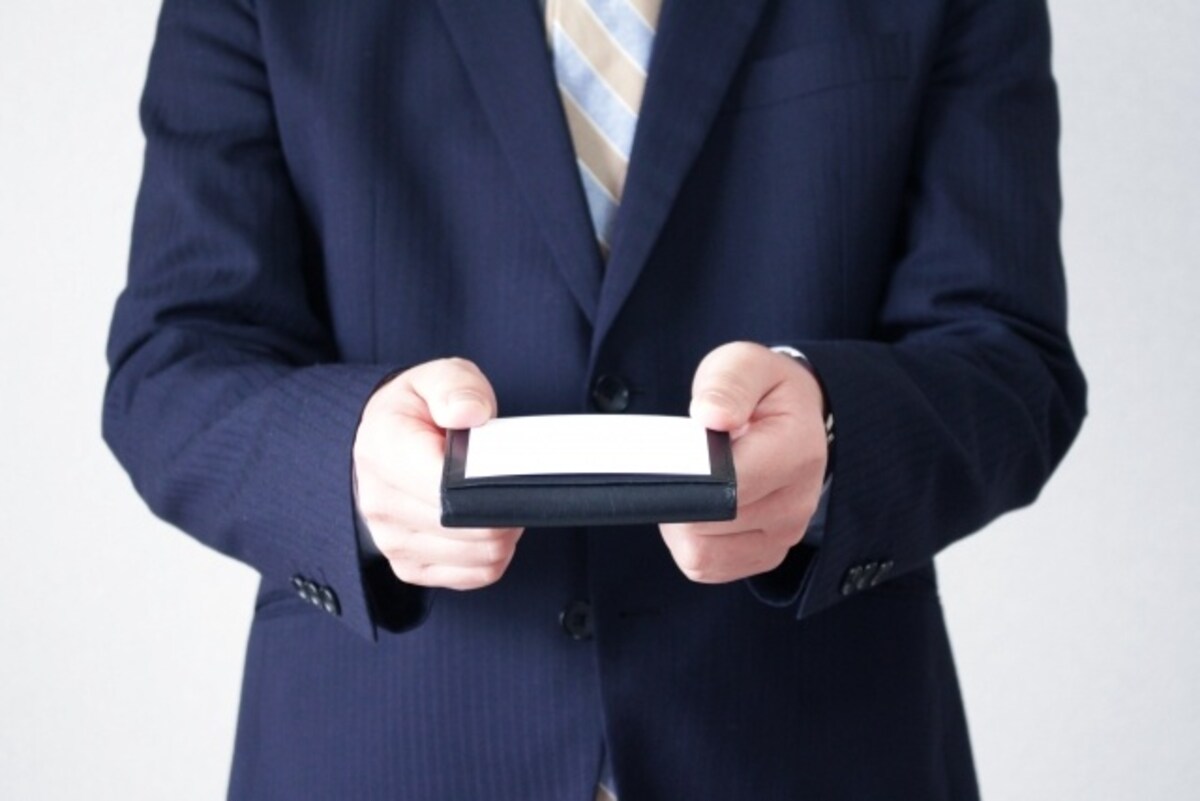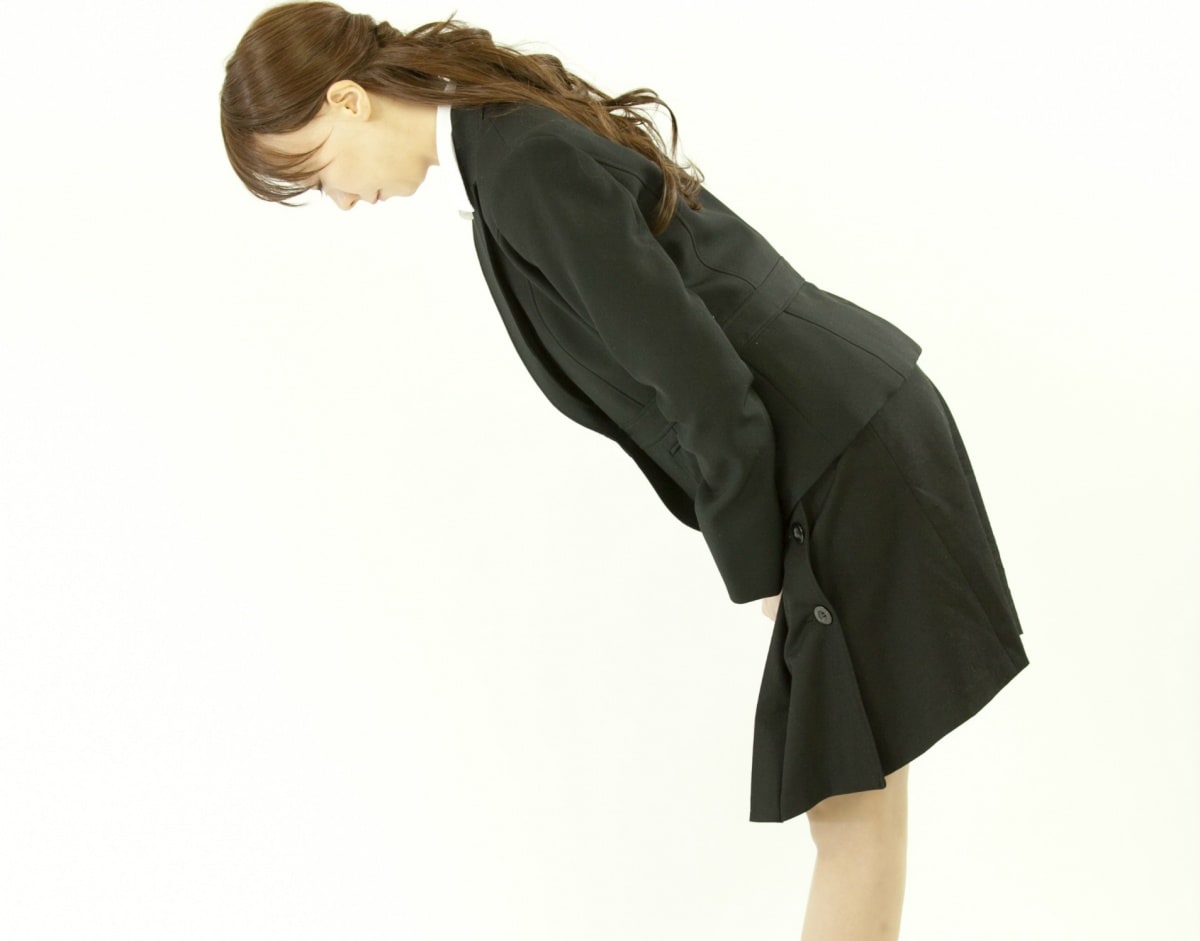10 Japanese Business Etiquette Rules
There's quite a long list of dos and don'ts when it comes to business etiquette in Japan, so to simplify it we have compiled 10 common business manners you're likely to encounter.
By SoraNews246. Knock 3 Times

http://and-plus.net/knock_on_the_door/
Before entering a room, knock three times on the door. Why do Japanese office workers knock three instead of two? Apparently, etiquette holds that two knocks is for checking if a bathroom stall is occupied.
7. Leave Your Counterpart’s Card on the Desk

http://7chord.com/blog/frolic-40/
Japanese business cards have their own whole system of etiquette. One of the trickiest points is that after receiving someone’s card, you shouldn’t be too quick to tuck it into your card holder or briefcase. That would show that you’re brushing aside that person’s identity instead of giving it the respect it deserves.
On the other hand, leaving the card sitting on the table for the whole meeting is also rude, as it implies you’ve forgotten about the card entirely. As such, it’s important to put the card away before the meeting starts winding down, and a common piece of advice seems to be to match your timing to that of your counterpart, which becomes a pretty useless strategy when he’s doing the same thing.
Our advice? Leave the card until the meeting gets going in earnest, then deftly slide it into your holder while everyone else is looking at documents, writing notes or otherwise distracted.
8. Wait Until They Take a Sip of Tea Before You Do

http://www.rakuten.co.jp/miyaoen/1914672/
Upon arriving at a client’s office, you’ll likely be served a cup of green tea. As a matter of fact, serving tea to visitors is a common task for lower-ranking employees in companies without dedicated receptionists.
But while it’s a nice touch of hospitality, gulping the tea down as soon as it’s placed before you makes it seem like you’re more concerned with the free drink than your counterpart’s business, or the subject you’ve come to discuss. So it’s customary to wait until they take a sip before bringing your own cup to your lips. In the meantime, bolster you patience by bearing in mind that Japanese tea is often served scalding hot, so you probably wouldn’t be able to drink it right away without burning your tongue anyway.
9. Place Your Card Below Theirs

http://www.photo-ac.com/main/search?q=%E5%90%8D%E5%88%BA%E3%82%92
When exchanging business cards, place your own card below your counterpart’s. Again, the logic behind this rule isn’t too hard to follow, since placing your card above your client’s, and thus blocking it out of your line of sight, does make it seem like his card isn’t important to you.
What happens when both of you are committed to putting your card on the bottom? You end up with an impromptu business card limbo competition. Therefore, we recommend trying three times to put your card on the bottom and if your partner refuses to give in, accept his or her card on top.
10. Bow Until the Elevator Doors Close Completely
At classier stores in Japan, it’s common for the staff to walk customers out after ringing up their purchase. There’s a similar custom at place in business-to-business situations, but if your office is on, say, the 15th floor of a skyscraper, you’ll accompany your visitor to the elevator instead of the front door.
Rather than just leave them standing there alone, you’re supposed to wait together until the elevator arrives before saying good-bye, which ends with a deep, respectful bow. But since you want that to be the final impression you leave your client with, you have to keep bowing until they board the elevator and the doors close.
Again, the logic behind doing things this way is pretty sound, but the problem is judging exactly when to go into the bow. Too late, and you won’t achieve the proper angle at the hips to convey the appropriate respect. Too soon, and you’re left in an uncomfortable posture while your counterpart gets an awkwardly long view of the top of your head.
After a while on the job, most people eventually get the timing down, but until they do, this bit of Japanese business etiquette can be a pain in the neck, as well as the lower back!
Related Stories:
“Business Nail” – the latest trend among young Japanese businessmen looking to get ahead
Kyoto has had enough of rude tourists, created an infographic to show how to visit politely
Infographic shows how working culture differs across the globe





